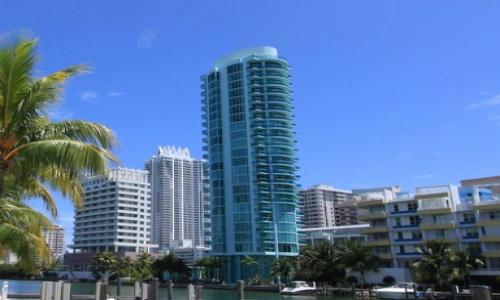With the implementation of round three of quantitative easing official, interest rates have once again dropped to record lows, hitting 3.72% on the 30 year fixed in mid September 2012, the lowest rate in the 30 year history of the Mortgage Bankers Association survey. Even prior to the announcement of QE III by the Fed the pace of home construction had increased in August, perhaps in anticipation of the policy initiative and an associated increase in home buyer interest. Applications for refinances continued to outpace those for new home loans, however, with the former comprising 81% of all mortgage applications. As QE III gains momentum, can we expect a return to the boom refinancing levels of recent years? Not so fast.
There are a number of impediments that borrowers will have to overcome in order to refinance their home and it is unlikely that we will see a return to the volume of refinances seen in the early days of the Great Recession, despite efforts by both the Federal Reserve and the Obama administration to lower rates and widen access to the resultant cheaper loans. Included amongst the obstacles facing both borrowers individually and the housing market as a whole, are the following:
- Existent lenders are severely understaffed and overwhelmed by the paperwork associated with processing mortgage refinances.
- There is less competition in the industry as hundred of lenders failed between 2006 and 2008, while others that survived either reduced their industry presence or exited the home lending business altogether. This has reduced industry capacity to deal with prospective borrowers.
- Home prices have fallen 34% since July 2006 per the S&P Case Shiller Metro Index. This has led to homeowners having less equity in their homes and in many cases being underwater, i.e. having no equity at all as the balance they owe on their mortgage is a greater amount than what the home’s value is. Homeowners without equity cannot qualify for a refinance, regardless of interest rate levels.
- Borrower fatigue induced by years of record low interest rates. Many of those borrowers able to qualify for these rates have already refinanced, some multiple times. There simply isn’t much depth in the pool of potential borrowers.
- Buyback claims, which is when lenders are contractually obligated to repurchase loans if they are based on faulty appraisals, false data about borrowers or paperwork mistakes, have spiked in recent months, surging up $6 billion to $22.7 billion in the 2nd quarter of 2012. This has led an already bruised industry to become even more cautious and paperwork dependent. “With that hanging over their heads, they’re really, really defensive,” said Terry Wakefield, a mortgage industry consultant in Mequon, Wisconsin, who helped start a home lending unit for a Prudential Financial Inc. predecessor. “Lenders just keep asking for more and more and more documentation, not because they think it has any value but because they think it will help them if there’s a buyback demand.” Banks keep raising the bar for what’s required of borrowers during the refinancing process, straining even further the industry’s capacity for processing the associated paperwork.
- Origination and title fees have spiked due to the elongated process, with the average costs of a $200,000 loan rising from $3,118 in 2008 to $4,070 in 2012.[1]
- There is a growing delay in banks passing on interest rate cuts to consumers as the lowest rates in history could be even lower as lenders continue to take advantage of the spread between the rates they pay to borrow money and that which they charge their customers. Banks earn money from mortgages from lending at one rate, then bundling the loans together to sell them as mortgage backed securities (MBS) that pay interest at a lower rate. Historically that spread has been around 0.75%, but it has nearly doubled to over 1.4% in the past twelve months. If the spread had remained constant a 30 year fixed mortgage rate could be as low as 2.8%.[2]
- The historically low rates are the result of continued concern regarding the economy, both global and domestic. QE III is the Federal Reserve’s answer to these concerns. By aggressively entering the Treasury securities market and purchasing $40 billion of such securities per month, rates are being driven down. Investors seeking safe haven for their money are also snapping up U.S. Treasuries, pushing rates down even further. Given the uncertainty surrounding Europe’s sovereign debt crisis, China’s economic slowdown and the impending Fiscal Cliff here in the United States, these trends are likely to continue making the government and banks even more reluctant to loosen tighter lending restrictions and lenders even more desirous of additional paperwork to protect themselves, with the latter resulting in an already difficult refinance process becoming even more onerous for all concerned.
QE III and the continued flight of worried investors to the Treasury market will keep rates low and in the short term should lead to a surge in refinance applications. This is unlikely to last, however, due to the reasons listed above. Those expecting a sustained flood of refinances will be disappointed. That said, the housing market as a whole will benefit from what is almost certainly going to be years of low interest rates. A nascent housing recovery is already underway, one that is broad based, but fragile. The near guarantee of the continuance of low mortgage rates will address that fragility, broaden the pool of potential buyers, and provide the necessary fuel for that recovery to continue.














Add your Comment
use your Google account
or use your BestCashCow account